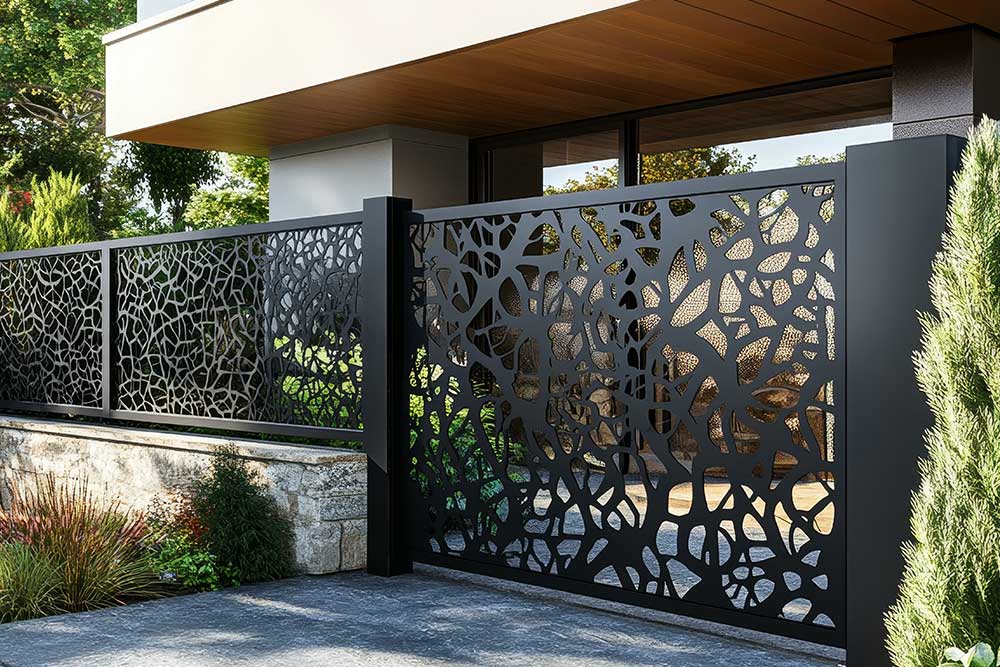Halogen Vs LED Under Cabinet Lighting
Under cabinet lighting is a great feature in any kitchen as it offers functional light to desperate countertop space that is otherwise shaded by upper wall cabinets. Not only is it practical, but under cabinet lighting also provides a unique and appealing aesthetic to upgrade any kitchen decor.
When shopping for under cabinet lighting, it is important to understand which types of lighting are available and the pros and cons of each. The two main sources of under cabinet light are halogen lighting and LED lighting. While each option installs cleanly and offers generous amounts of light, there are plenty of differences between the two.
Halogen Light
Before examining under cabinet lighting products, one should understand the fundamental characteristics of each type of light source. Halogen lights work similar to incandescent lights in that they produce light by burning a tungsten filament when connected to a power source. The only difference is that the glass bulb that encases the filament is filled with gas from the halogen group. This allows for the glass to remain closer to the filament without melting; thus allowing for the size of the bulb to be more compact. The halogen helps to recirculate burnt tungsten atoms back to the filament making it last longer. In order to ensure the glass does not melt, it must be thicker to handle the increased heat load.
For several reasons, halogen lights have been popularly used as an under cabinet light source. They are compact bulbs that last longer; making them an ideal bulb to mount under a cabinet. Unfortunately, they still consume the same amount of energy as incandescent lights, and burn even hotter.
Light Emitting Diodes
LED (light emitting diode) lights generate light by emitting photons of energy. This is a more pure form of light that does not produce energy in the form of heat. The LED is created by assembling a semiconductor material such as aluminum gallium arsenide within a lens connected to a power source. The science is all within the semiconductor. Across a semiconductor exists a P-N junction. When a power source excites electrons across this P-N junction, visible light is produced in the form of photons. Using LED’s as a light source delivers the highest efficacy lighting. Because it is not wasting energy to produce unneeded heat, it is considered the most energy efficient light source and an ideal light source for under cabinet lighting.
Comparing Products
The manner of which manufacturers have applied these technologies to under cabinet lighting products reflects the properties of each source. Because halogen bulbs produce so much heat, they are popularly mounted in a 120V light bar that also employs an air circulation system to cool the bulb and surface of the cabinet. This wastes more energy in the production of light and the fixture is often bulky and more visible than desired.
LED under cabinet lights are drastically more compact. They do not require a cooling system, and because they consume very little energy, often run on low voltage sources. One 12 volt AC/DC adapter can effectively illuminate counter top space under 12 or more feet of cabinets. And because the strips run on low voltage power, installation is simplified. LED light strips and components can be connected in a chain of male to female plugs that originate at the power source that is simply plugged into an outlet. Low voltage adapters can also be hardwired into standard conduit supply, in addition to dimmer switches, which will result in a professional and clean installation with even more energy efficient capabilities.
When the properties of halogen and LED lighting are compared to one another it may be unclear as to why halogen under cabinet lighting ever existed. The answer is simply that LED’s never produced useable amounts of light until recent developments in semiconductor technology. Now that more capable semiconductors are being developed, LED’s are being implemented into many different consumer products, in ways that never seemed imaginable.






